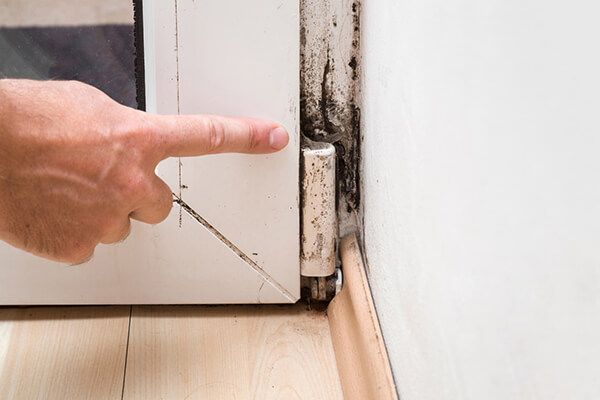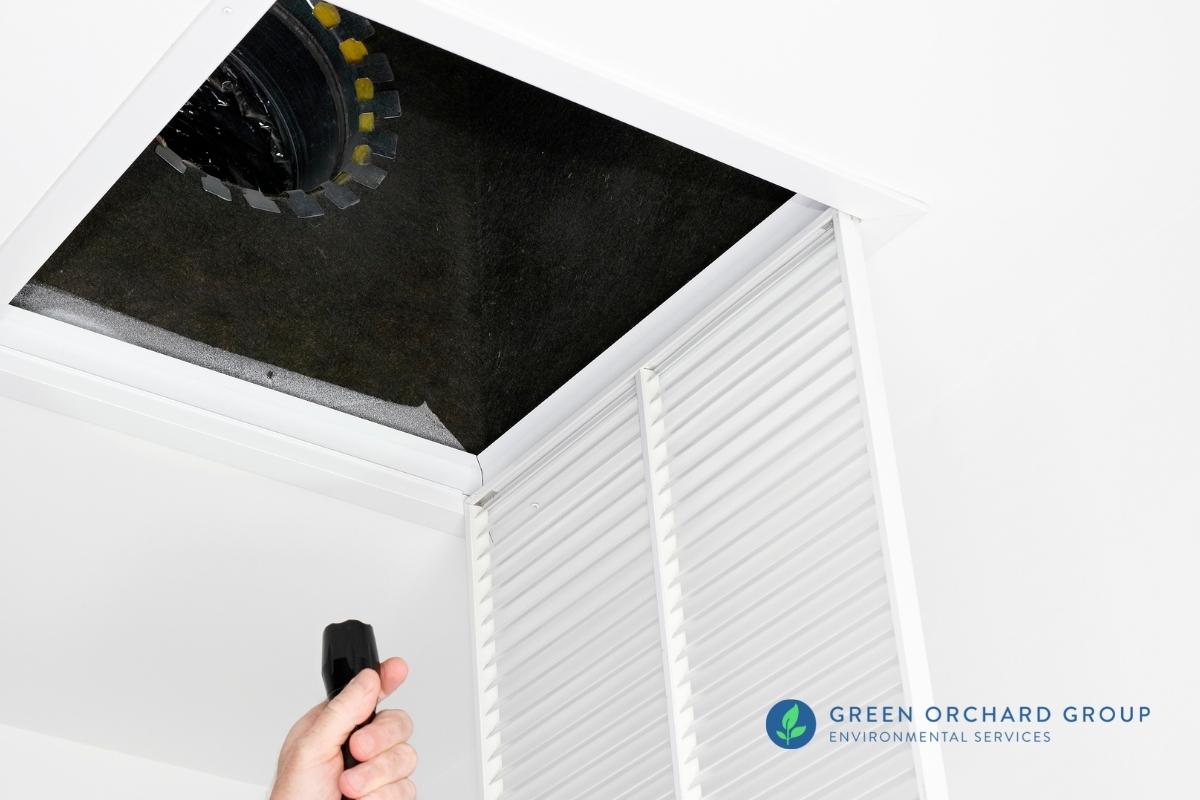Vital Actions After Mold Remediation
Expert Tips for Message Mold Remediation Success
In the world of mold and mildew remediation, effectively removing mold is just half the fight; the true obstacle exists in stopping its reappearance. Post-remediation efforts play a crucial role in ensuring a mold-free environment in the long term. By adhering to professional ideas and ideal techniques, people can guard their rooms versus mold and mildew rebirth and keep a healthy and balanced indoor atmosphere. It remains in this phase of the removal procedure that interest to information and positive procedures really make a distinction.
Monitor Humidity Levels Frequently
After completing mold remediation procedures, preserving ideal moisture levels is vital to avoid mold and mildew re-growth and guarantee a healthy and balanced interior environment. High moisture degrees over 60% produce a conducive environment for mold to prosper, making routine keeping an eye on an aggressive measure to avoid any type of future mold problems.
In addition, developing a routine timetable for humidity checks, especially in risky areas such as kitchens, washrooms, and basements, is an aggressive method to mold and mildew prevention. By constantly keeping track of humidity degrees, residential property owners can properly minimize the danger of mold and mildew reoccurrence and maintain a healthy and balanced interior environment post-remediation.
Conduct Thorough Inspections Post-Remediation
Complying with the conclusion of mold removal treatments, it is critical to carry out thorough inspections to validate the efficiency of the removal procedure. These post-remediation inspections are critical in guaranteeing that the mold and mildew problem has actually been efficiently dealt with and that there is no recurrence or remaining mold and mildew development. Examinations should be lugged out by certified professionals that have knowledge in determining mold and mildew and examining interior air top quality.
During these inspections, various techniques such as visual evaluations, air sampling, and surface sampling may be employed to extensively examine the remediated locations. Visual analyses involve a detailed inspection of the properties to look for any noticeable indicators of mold growth or water damage. Air sampling aids in figuring out the air-borne mold spore levels, while surface area sampling can spot mold fragments on surface areas.
Implement Appropriate Ventilation Techniques
After ensuring the efficiency of the mold and mildew removal procedure through thorough assessments, the following crucial action is to concentrate on executing correct ventilation methods. Ample ventilation is important in stopping mold and mildew reoccurrence by controlling moisture degrees and advertising air circulation.
Appropriate ventilation not just help in preventing mold development but likewise contributes to the total health and wellness and convenience of owners. By ensuring ample ventilation throughout the building, you can reduce the danger of mold regrowth and create a healthier living environment. Regular upkeep of air flow systems, including cleansing and filter replacements, is vital to maintaining efficient air flow. Consulting with cooling and heating professionals can provide additional understandings right into maximizing air flow methods for your details residential or commercial property needs.

Usage Mold-Resistant Materials for Repair Works
To improve the long-term effectiveness of mold and mildew remediation initiatives, incorporating mold-resistant products for repair services is important in reducing the danger of future mold development. Mold-resistant materials are created to stand up to moisture and prevent mold development, making them a crucial option for areas vulnerable to moisture and humidity. When repairing locations impacted by mold, making use of materials such as mold-resistant drywall, mold-resistant paints, and mold-resistant caulking can assist stop mold reoccurrence.
Mold-resistant drywall is an outstanding option to standard drywall in locations like bathrooms and basements where dampness levels are higher. This sort of drywall has an unique covering that the original source withstands mold growth even when exposed to damp conditions. In addition, making use of mold-resistant paints containing antimicrobial representatives can better hinder mold and mildew advancement on wall surfaces and ceilings.
In areas where moisture prevails, such as kitchens and shower rooms, making use of mold-resistant caulking around sinks, home windows, and tubs can assist secure out water and prevent mold from holding in splits and holes. By buying these mold-resistant materials throughout repairs post-remediation, you can substantially reduce the probability of future mold concerns and preserve a healthier indoor setting.
Maintain Sanitation and Address Water Issues
After mold remediation, it is vital to preserve a tidy setting to stop the regrowth of mold. Leaks, water invasion, or high moisture degrees can produce the best reproduction ground for mold and mildew, so it is vital to fix any water-related issues promptly.
To preserve cleanliness, think about using HEPA filters in vacuums and air purifiers to catch mold spores and avoid their circulation airborne. Making sure correct ventilation in areas prone to moisture buildup, such as bathrooms and cooking areas, can aid maintain moisture degrees in check. By staying alert regarding sanitation and resolving water issues promptly, you can properly stop mold and mildew reinfestation and preserve a healthy interior environment.
Conclusion

In the realm of mold remediation, effectively eradicating mold and mildew is only half the battle; the true challenge exists in stopping its reappearance. After completing mold remediation treatments, keeping optimum moisture degrees is vital to stop mold re-growth and guarantee a healthy interior atmosphere. High moisture levels over 60% develop a conducive environment for mold and mildew article source to thrive, making routine monitoring a proactive measure to avoid any type of future mold and mildew concerns.
To boost the long-lasting performance of mold removal initiatives, integrating mold-resistant materials for fixings is essential in reducing the risk of future mold and mildew growth. After mold removal, it is important to maintain a clean environment to prevent the regrowth of mold and mildew.